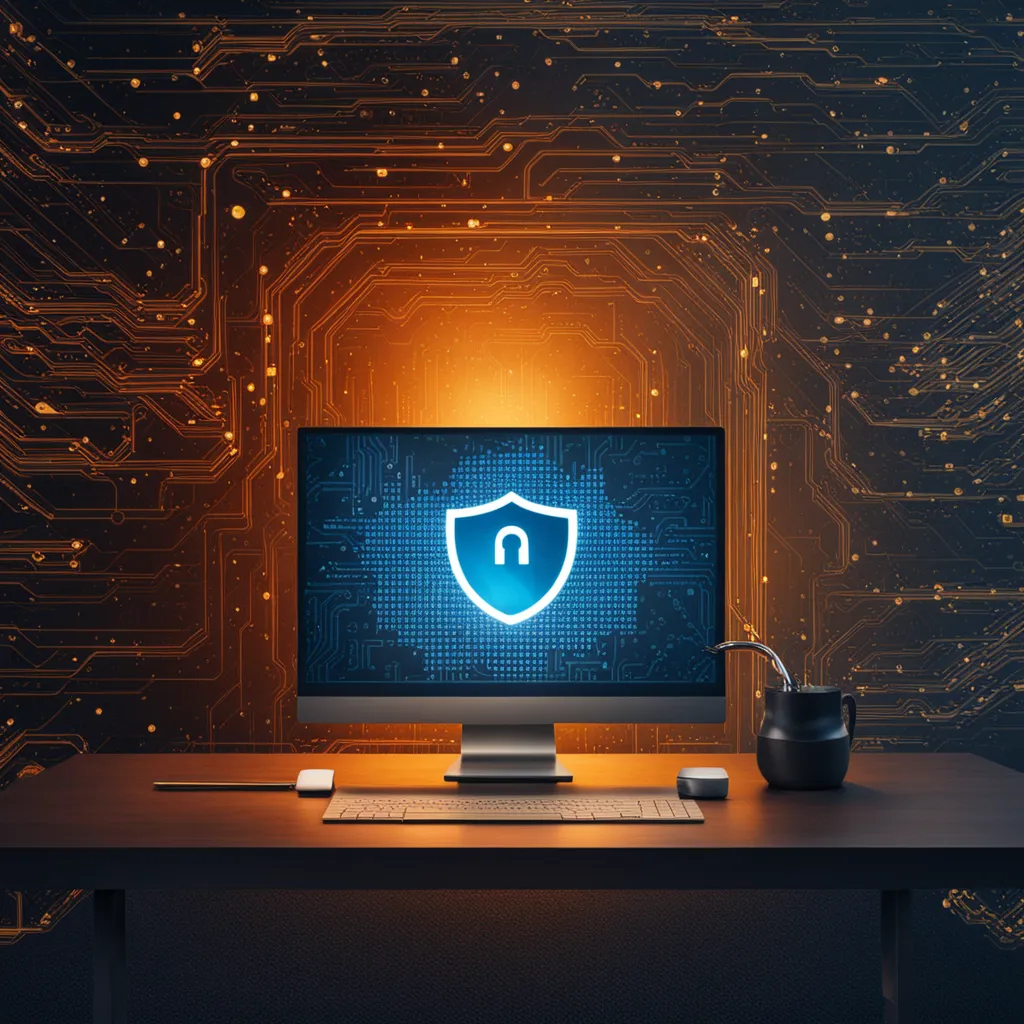The Evolving Role of Cybersecurity in a Hyperconnected World
In the rapidly advancing landscape of technology, the concept of a hyperconnected world has become a reality, with devices, systems, and individuals intricately linked through digital networks. As this connectivity expands, so does the significance of cybersecurity in safeguarding against cyber threats. This article explores the evolving role of cybersecurity in the face of a hyperconnected world and the challenges posed by an increasingly sophisticated digital environment.

**1. Expansion of the Attack Surface:
The hyperconnected world has led to an exponential increase in the attack surface – the potential points of vulnerability that cyber attackers can exploit. With a myriad of interconnected devices, from smartphones and IoT devices to critical infrastructure, the attack surface has expanded, necessitating a more comprehensive approach to cybersecurity.
**2. Rise of Cyber Threat Sophistication:
Cyber threats have evolved in sophistication, with attackers employing advanced techniques such as ransomware, phishing, and zero-day exploits. The hyperconnected nature of modern systems provides cybercriminals with a broader and more lucrative target landscape, demanding cybersecurity measures that can adapt and respond to emerging threats.
**3. Securing IoT Devices:
The proliferation of Internet of Things (IoT) devices poses a unique challenge for cybersecurity. These devices, ranging from smart home appliances to industrial sensors, often have limited security features. Securing the vast network of interconnected IoT devices requires robust measures to prevent unauthorized access and potential exploitation for malicious purposes.
**4. Protecting Critical Infrastructure:
As critical infrastructure becomes more connected, the stakes for cybersecurity are higher than ever. Energy grids, transportation systems, and healthcare facilities are increasingly reliant on interconnected technologies. Securing these vital systems is paramount to prevent disruptions that could have widespread societal impact.
**5. Role of Artificial Intelligence in Cybersecurity:
The integration of artificial intelligence (AI) in cybersecurity represents a significant advancement. AI-powered tools can analyze vast datasets, detect patterns, and identify anomalies more efficiently than traditional methods. However, this also introduces the challenge of defending against AI-driven cyber attacks, where malicious actors leverage AI for more sophisticated and targeted exploits.
**6. Zero-Trust Security Models:
Traditional security models often relied on perimeter defenses, assuming that threats would come from outside the network. In a hyperconnected world, the zero-trust security model has gained prominence. This approach assumes that no entity, whether inside or outside the network, can be trusted by default. It requires continuous verification of identities and strict access controls.
**7. Human-Centric Cybersecurity:
Recognizing the role of human factors in cybersecurity is essential. Cybersecurity awareness training for individuals, from employees in organizations to everyday users, is crucial in preventing social engineering attacks like phishing. Human-centric cybersecurity involves creating a culture of security and empowering individuals to recognize and report potential threats.
**8. Collaboration and Information Sharing:
In a hyperconnected world, cyber threats transcend geographical boundaries. Collaborative efforts and information sharing between governments, businesses, and cybersecurity organizations are vital for a collective defense against cyber attacks. Rapid sharing of threat intelligence enables a proactive response to emerging cyber threats.
**9. Regulatory Compliance and Data Protection:
With the increasing awareness of data privacy concerns, regulatory frameworks such as GDPR (General Data Protection Regulation) have been implemented to enforce stringent data protection measures. Cybersecurity practices must align with regulatory requirements to ensure the secure handling of sensitive information.
**10. Cybersecurity in the Cloud:
Cloud computing has become a fundamental component of the hyperconnected ecosystem. Securing cloud-based services and data storage is critical for protecting against data breaches and ensuring the resilience of digital infrastructure. Cloud security solutions and best practices play a pivotal role in enhancing cybersecurity in the cloud.

In conclusion, the evolving role of cybersecurity in a hyperconnected world demands a comprehensive and adaptive approach. From securing IoT devices and critical infrastructure to leveraging AI and embracing zero-trust models, cybersecurity professionals face multifaceted challenges. As technology continues to advance, the collaborative efforts of individuals, organizations, and governments will be essential in creating a resilient cybersecurity framework that can effectively mitigate the evolving threats in our interconnected digital landscape.







